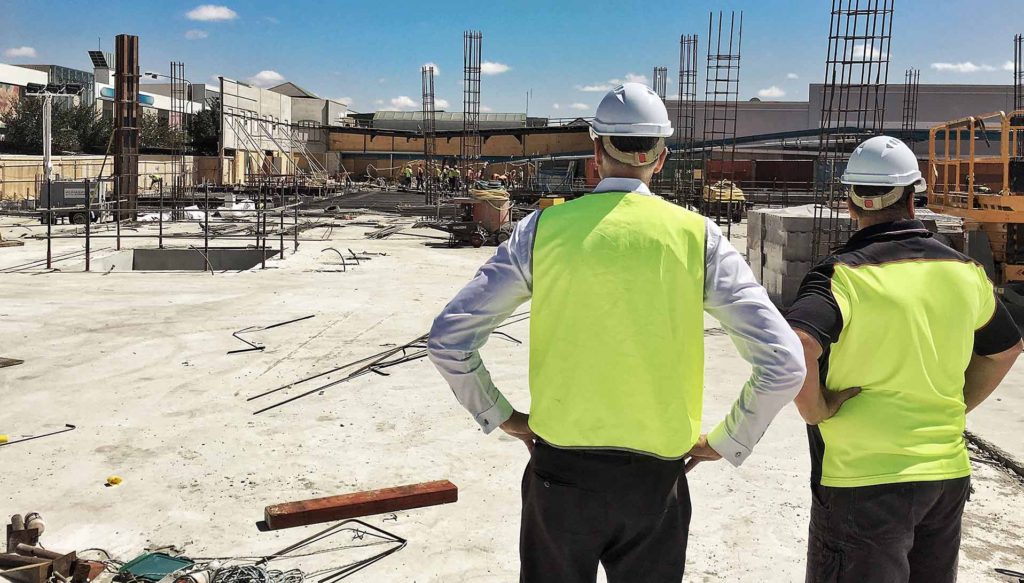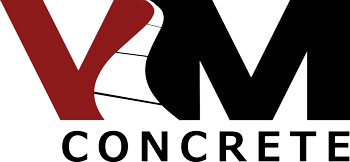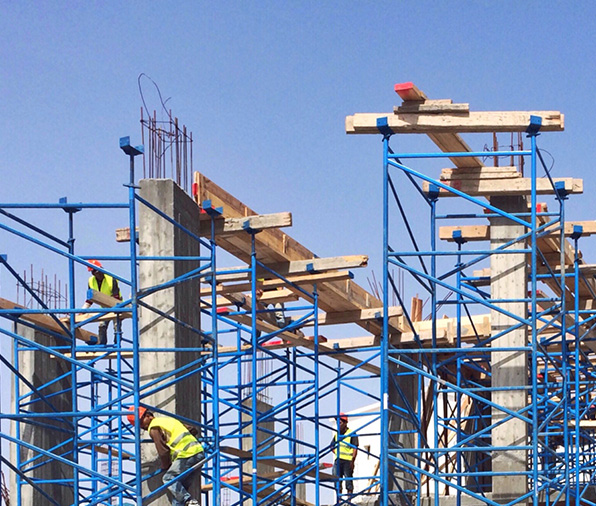Why benefits of concrete in construction?

Benefits of concrete in construction – Concrete is a materials that use from road to building construction widely around the world. If you are looking for Concrete Contractor in OKC, we can be the right choice for you. We’ve got your back if you’re looking for concrete contractors in OKC.
The Egyptians were the first to create a substance with similar properties to concrete, made of lime and gypsum. Up to the early 1800s, lime, chalk, or oyster shells were frequently employed to create cement. Since it was first burned and pulverized in 1824, Portland cement, a compound of clay and limestone, has been the primary cementing agent used in the manufacture of concrete.
Concrete in construction, the second-most-used substance after water, has played a crucial role in the development of our planet. Its inherent advantages of strength, durability, resilience, safety, and affordability make it ideal for building important infrastructure such as homes, workplaces, buildings for transportation, and the cities where we live.
Concrete in Construction can be sculpted into any shape and used for practically any purpose, which is just one of the many advantages associated with employing it in building projects. Concrete can be utilised to build sturdy, earthquake-proof structures if it is steel-reinforced. The concrete can be easily repaired by spraying more material on it or by filling in divots and cracks with fresh material. Additionally, the material can be employed in difficult-to-reach areas. Due to its porous nature, concrete is prone to troubles with mould and stains. Because of this, many concrete slabs have granite-like finishes. This is especially true if the material is utilised indoors. Concrete can develop cracks because it expands and contracts in response to changes in temperature and moisture.
The following are the advantages of concrete in construction :
- Easy access to ingredients for concrete.
- Concrete is simple to handle and mould into any shape.
- Simple transfer from the mixing location to the casting location before the initial setting.
- The capacity to pump or spray material into tunnel lining and fissures.
- All forms of buildings, from a simple lintel to enormous flyovers, are achievable when reinforced.
- A monolithic character offers the construction a superior aesthetic and more stability.
- A concrete construction is more cost-effective than a steel structure because concrete has a greater compressive strength.
The following are the disadvantages of concrete in construction :
- Concrete needs to be reinforced because it has a low tensile strength in order to prevent cracks.
- If there is a significant temperature difference in the area, long buildings must include expansion joints.
- To prevent cracks brought on by drying shrinkage and moisture expansion, construction joints are supplied.
- If moisture reacts with soluble salts in concrete, it will result in efflorescence.
- When alkalies, sulphates, etc. are present, typical Portland cement used in concrete begins to integrate.
- Continuous loads cause structures to creep.
Whatever your construction project requires, concrete is be the best material for you. So you’re probably search for a professional concrete contractor in Oklahoma City.
Durability
- By mixing the two components aggregate (sand or gravel) and bonding agent (Cement) make the concrete. It is highly durable and long lasting materials. It cannot get rusted like metal or woods.
Environment-Friendly
- The good thing of an concrete is it doesn’t produce any carbon dioxide but more eco-friendly and recyclable.
Formwork -
- Concrete is poured and shaped into temporary moulds known as formwork. Although steel, glass fibre reinforced polymers, and other materials can also be used to make traditional formwork, wood is still the material of choice.
- Formwork may be movable, reusable, or permanent. There are a few more exclusive techniques as well, like the tubes and ties-based system used to support vertical formwork while concrete cures.
- Efficiency within concrete building is being increased by the implementation of hybrid solutions and advances in formwork such as self-climbing forms.


